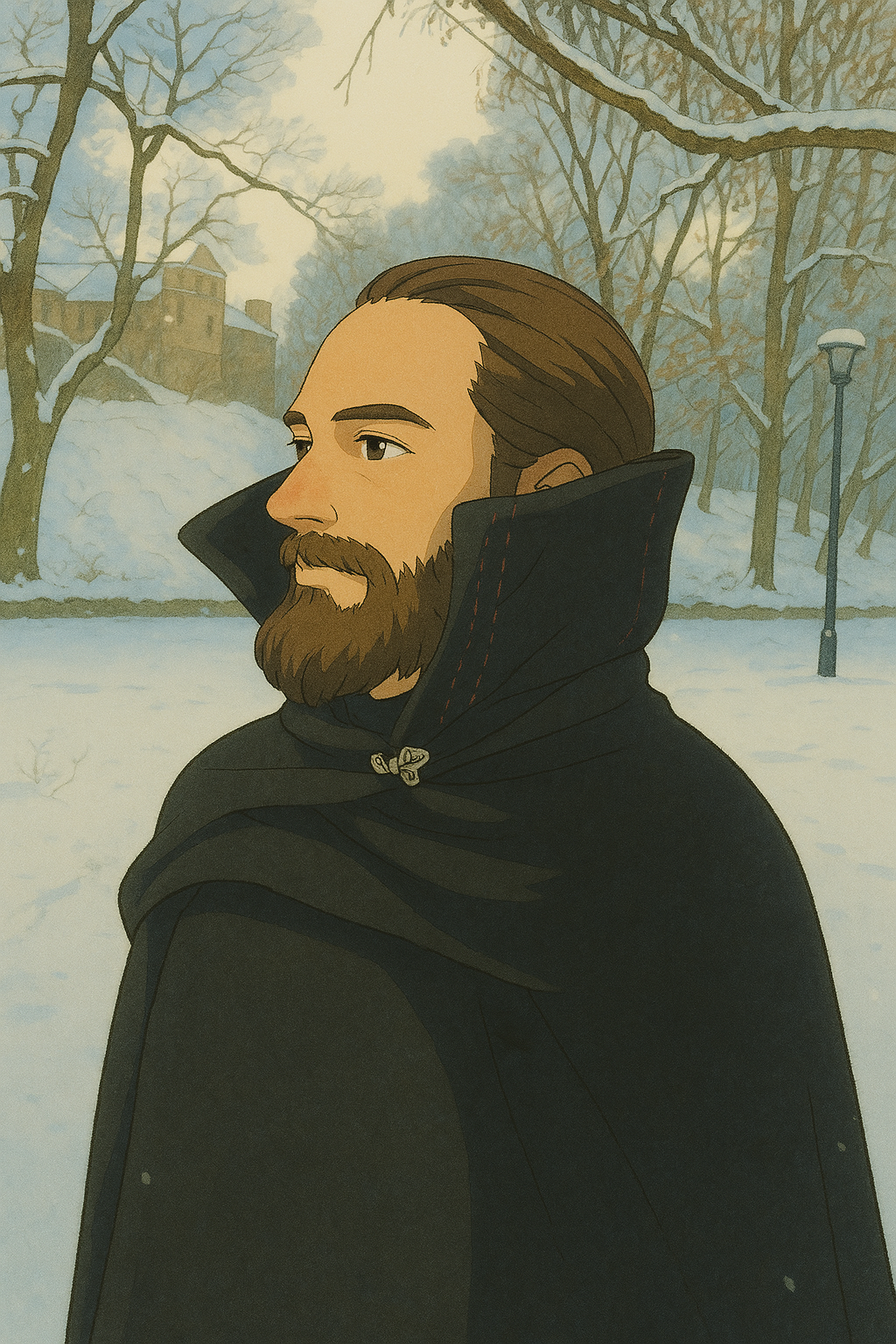
Fosco Loregian
逢佛殺佛
Ma olen matemaatik.
Since October 2023, I am a Researcher at the Compositional Systems and Methods group at TalTech.
I enjoy category theory, stable homotopy theory, computations with the Serre spectral sequence, functional programming, proof assistants, bicategories of profunctors, the deep meaning of the integral sign, lager beers, artificial and natural languages, sharpening knives, Shunga paintings, drawing maps, calligraphy, typography.
Most of all, I love linking all these things.
See my CV here. My email is below. An updated research statement is here (tl;dr: I do category theory here, category theory there).